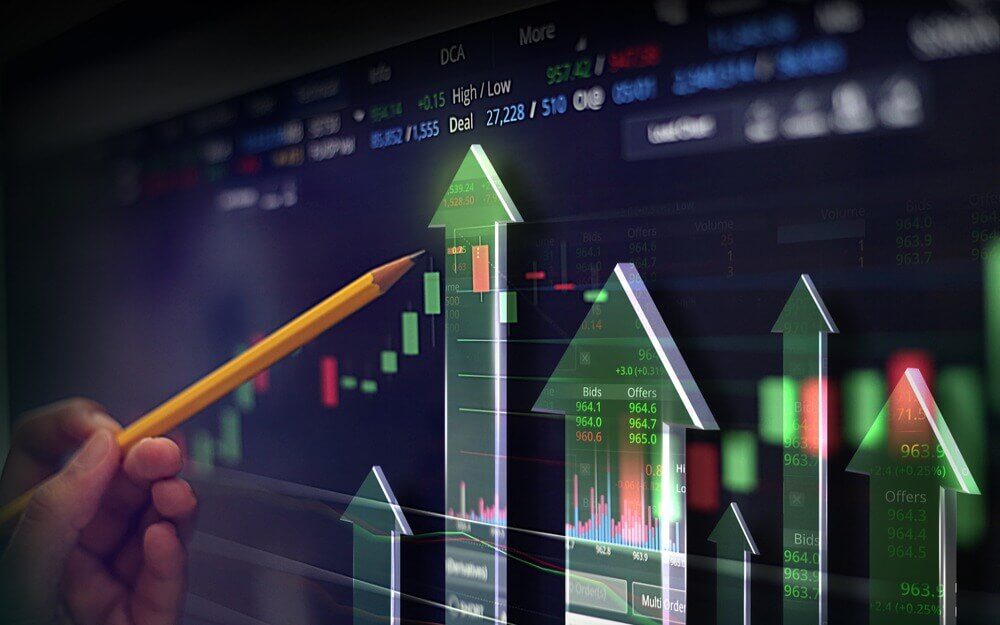Russia’s invasion of Ukraine “changed everything” if you follow the headlines. It’s hard to disagree, even without a background in global politics.
But when it comes to investment trends, it’s crystal clear to me that nothing has changed.
In fact, the war only accelerated trends that I’ve been writing about for the better part of two years.
And there’s no better place to see evidence of this than in the energy sector.
Renewable Energy’s Place in the New World
The world feels different than it did a month ago. Historians might look back at 2022 as the start of a new era.
And Europe is wrestling with the brunt of this global shift.
Russian tanks laid bare an uncomfortable truth for Europe: The continent depends on Russia — a questionable friend even before the war — for a sizable share of its energy needs.
Russia is the world’s largest exporter of natural gas and accounted for about 45% of the European Union’s gas imports last year.
The West learned the hard way how dependence on energy from potentially hostile trading partners can wreak havoc on the economy. The OPEC oil embargo of the 1970s contributed to the stagflation and general economic malaise of the period.
Of course, the 1970s embargo was also the catalyst for the renewable energy movement.
Green energy is more mainstream as production and storage costs have come down. Newcomers like Tesla creating the “cool factor” also helps.
This trend already had incredible momentum behind it, and not due to government mandates or international agreements like the Paris Agreement.
It’s Basic Economics
New solar and wind projects now often produce energy cheaper than natural gas and coal. So even with no government nudging, a larger percentage of power generation will be converted to renewable energy as older, less efficient plants are retired and replaced.
Russia’s invasion of Ukraine didn’t create any of this.
These trends have been in place for decades and were already accelerating. But the war has created an even greater sense of urgency and has thrown that proverbial gasoline on the fire.
If you thought the push to renewable energy was strong before, just wait and see!
Play Both Sides of the Energy Bull Market for Now
I’ve identified several investment opportunities in the renewable space in my monthly newsletter Green Zone Fortunes.
But if you’re looking for a simple one-stop shop to play this macro trend, consider the iShares Global Clean Energy ETF (Nasdaq: ICLN). This exchange-traded fund (ETF) is a collection of around 100 companies that are active in the clean energy space.
Renewable energy is the future … and quickly becoming the present. But the global economy still relies on traditional fossil fuels as well, with 83% of all energy consumption still tied to oil, gas and coal. That battleship doesn’t turn on a dime.
As much of the world pivots away from Russian oil and gas, Western energy majors should be well positioned to fill that void.
The energy sector is emerging from a difficult five-year stretch between 2015 and 2020, in which oversupply was the norm. But after half of a decade of belt tightening, the oil majors are the leanest and meanest they’ve ever been.
I’ve been recommending traditional oil and gas plays alongside my renewable picks in Green Zone Fortunes, and I recommend you take a similar approach.
But if you’re looking for broad, blanket exposure to the sector, consider shares of the Energy Select SPDR ETF (NYSE: XLE). Its largest positions include the “big boys” like Exxon Mobil Corp. (NYSE: XOM) and Chevron Corp. (NYSE: CVX).
I know I’ve already mentioned Green Zone Fortunes a couple of times in this story, but it’s for good reason.
My renewable energy recommendations are on fire right now! All four stocks tied to my newest “Infinite Energy” presentation are in the green since we added them to the model portfolio on March 4. Two of them are already up between 37% and 38%!
And I believe we’re just getting started.
Click here to watch my “Infinite Energy” presentation and see why you need to be investing in these renewable stocks before they potentially rocket even higher in the coming years.
To good profits,

Adam O’Dell
Chief Investment Strategist




